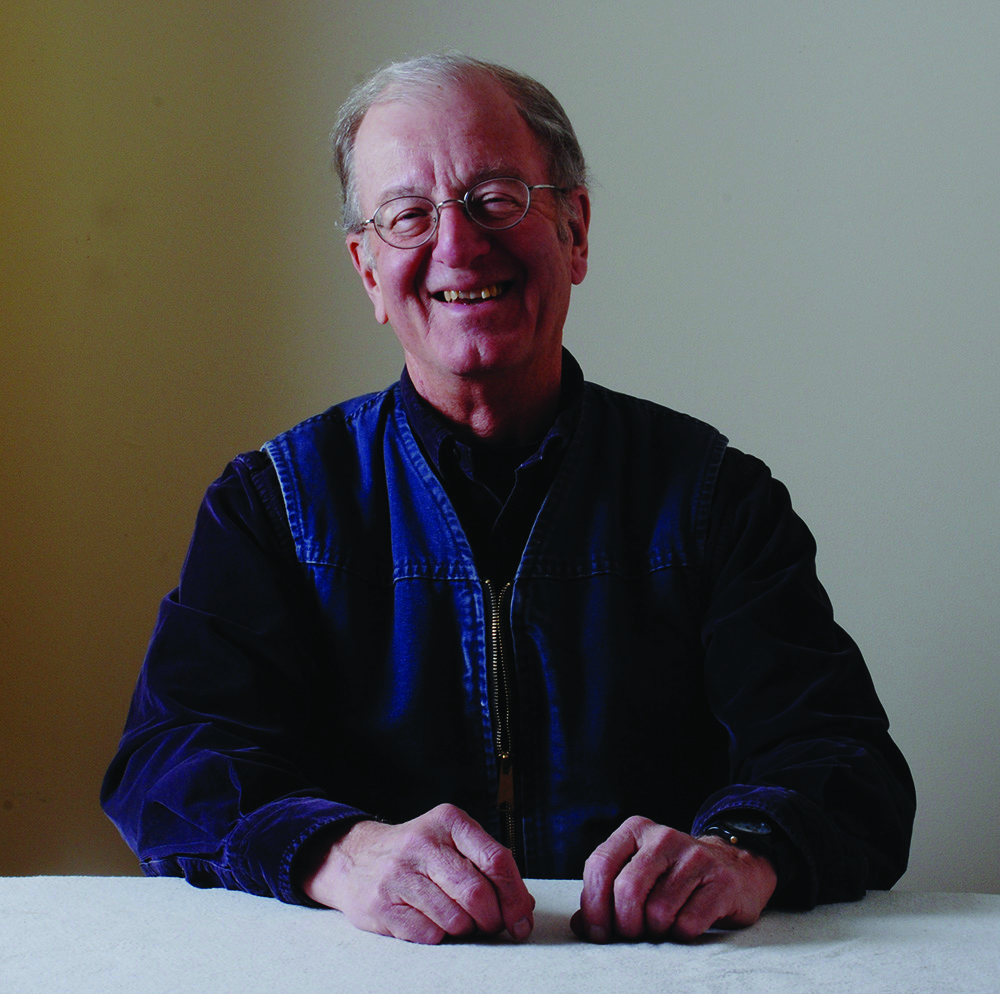A REAL CHALLENGE OF DIVERSITY: THE SITE OF CANAWAUGUS VILLAGE IN THE TOWN OF CALEDONIA
- GUEST ESSAY By STEPHEN LEWANDOWSKI –
The real challenge of a diverse nation is not what we say but what we do. How do we treat someone with a difficult name to pronounce or strange (to us) clothes or food that we haven’t ever tasted. In the current case of Canawaugus, it also depends on how we treated the people who lived here before us, how much we value the history of this land, and what we call sacred or understand of what others call sacred.
Canawaugus (which in Seneca means, smelly waters) was in 1800 a Seneca village by the Genesee River just west of what would become Avon, NY. On old maps, it’s called a Seneca Reservation and once was occupied by a thousand people. Through an oversight, it wasn’t destroyed during Sullivan’s Campaign to exterminate the Seneca in 1779. On old maps it appears to occupy several hundred acres and probably depended for food on gardens on the rich Genesee flood plain, hunting in the adjacent forests, and fishing in the Genesee. Two great leaders of the Seneca were born in Canawaugus: Cornplanter (1732-1836) and his half-brother Handsome Lake (1735-1815), the visionary who developed or received the Gai’wiio or Good Message of the Longhouse religion.
What happened to the Canawaugus “Reservation”? When the Revolutionary War ended in 1783, the treaties marking its end said nothing about the native inhabitants of the new United States. In the ensuing period, which could be called the Preemption Period, lands in Western New York, Pennsylvania and Ohio including the rights and title to lands on which Native Americans were living, were being bought, sold and adjudicated without the native residents being represented in the courts. Canawaugus disappeared in 1826, a time when all Native American land rights were under attack by powerful land speculators. These men whose base of operations was Canandaigua, NY were wealthy, and/or had good credit, and/or had powerful political friends in Washington and Albany.
Preemption is a legal term meaning the right to acquire land where its “title” is unknown. Apparently residency itself counted for very little at this time for any Native Americans. Speculators could obtain such rights and the rights to resell the title from the governments of the time. Sometimes, the weak federal government tried to protect the native inhabitants, usually unsuccessfully. New York State, for example, went ahead selling lands it did not own out from under the native inhabitants to speculators. Even the Oneida who were allies of our revolutionary forefathers were later defrauded of their lands.
Maybe we are more casual now about land ownership, despite the fact that most of our ancestors arrived here precisely to gain access to land. To understand what land meant and means to Native Americans we need to understand their reverence for their home place. To remove them from the land of their ancestors was dire for them. It was like tearing children from their mother.
To get back to Canawaugus, it was taken from the Seneca who lived there under a particularly fraudulent cession and sold to speculators. The necessary approval of the cession by the federal government never happened. Then-President John Quincy Adams blocked the deal. The Seneca continue to have a basis in law to claim this land as theirs.
The ground on which Canawaugus once existed is rich with the evidence of its previous occupation. Luckily, its use has been largely agricultural for the past two hundred years. Though agriculture tills the soil, it leaves the artifacts in place, especially the graves.
What suddenly occasions an outrage now, especially among the remaining Seneca and local residents with a sense of history and respect for others, is a huge proposal by the Invenergy Company of Chicago, encompassing 3800 acres of land, to build the Horseshoe Solar Farm at this location. Hundreds of Seneca and their supporters gathered on October 12, Native American Appreciation Day, to object to the disturbance of the site.
This proposal, which probably includes building a solar installation in the soil over Seneca graves, is a test of our real commitment to the diversity of this nation. Yes, the Seneca left this village, with regrets and certainly under immense pressure to do so, nearly two hundred years ago. What was the reality of “the reservation” designation? Was it protected for their use? Did they “own” it? What did their residence there mean to them and what should it mean to us?
Recently, as if to give the controversy a real and tangible focus, a cache of bones was found on the site. One was identified as a human toe bone by a physical anthropologist with a Ph.D.
You can feel it. Issues like this shake the very foundations of our nation. Will we allow the development of land containing the remains of our predecessors? Of course, today we need the energy and energy self-sufficiency that the proposed Horseshow Solar Farm promises, but at what cost? Would we consider the proposal if it were our ancestors?
Remember, it’s about what we do.

Stephen Lewandowski is a Graduate of Distinction of Canandaigua Academy Class of 1965 and was a long time Board member of the Friends of Ganondagan Historic Site in Victor, NY
2 thoughts on “A REAL CHALLENGE OF DIVERSITY: THE SITE OF CANAWAUGUS VILLAGE IN THE TOWN OF CALEDONIA”
Comments are closed.
Protecting our historic homeland is very important to my Native Seneca people. We deserve the same respect as everyone else…BLM (Brown Lives Matter), especially the remains of our ancestors.
Agreed. Stephen Lewandowski does such a nice job on these topics. Complicated times we live in. I will share your comment with him.
Darlene (editor)